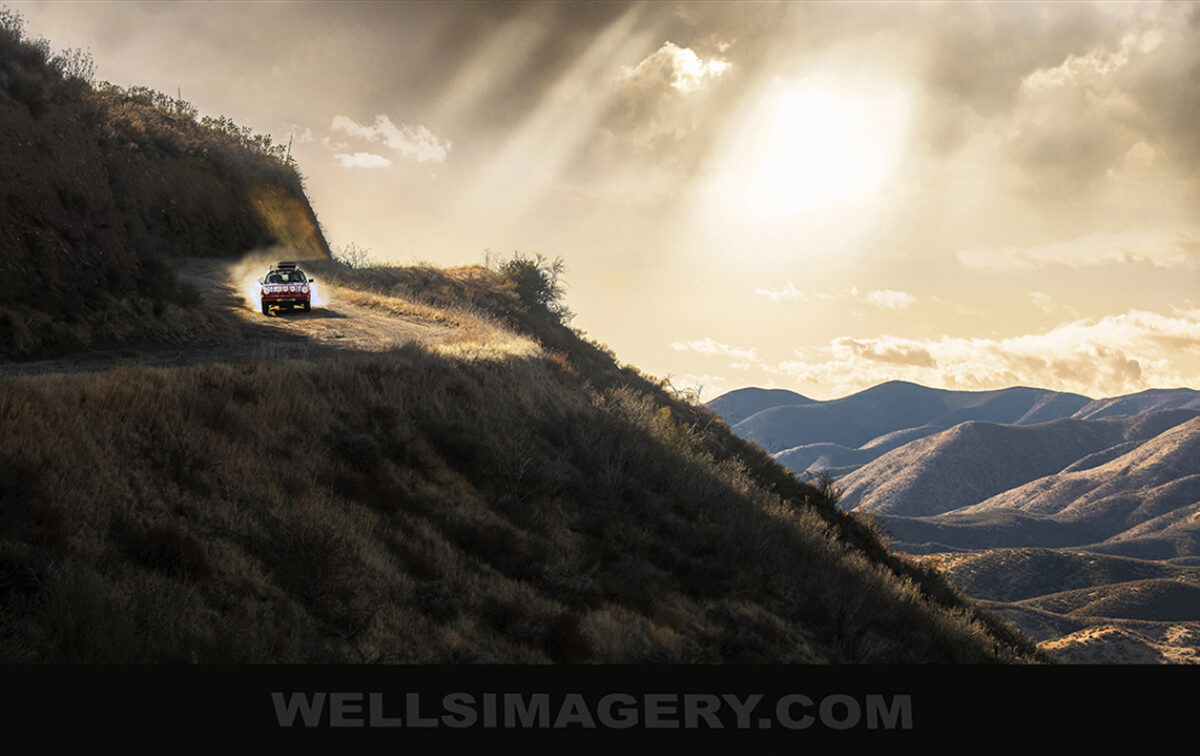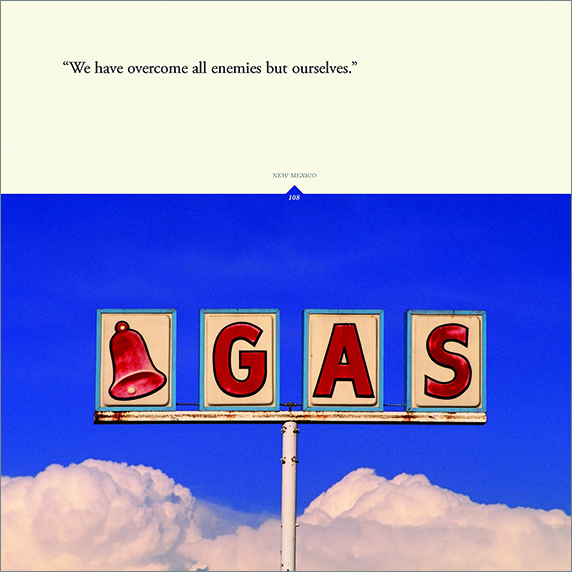3-20-24
STEINBECK’S AMERICA – FROM SOUTH TO EAST
Travels With Charley: In Search of America by John Steinbeck is a good read. so much so that I felt compelled to document my own journey across America at the end of the 20th Century on analog film. I traveled in my camper van over 150K miles in four years, mostly alone, shooting from dawn to dusk. I wore out that van, so I bought another one and photographed for another three years, ending my travels along Steinbeck’s route in 1999.
The first printing of my Steinbeck’s America book is a very limited edition, which is numbered and autographed. The book is 7”x7” softcover with deluxe gloss cover and 156 heavyweight pearl pages with 121 full color photographs.
For information on how to order my photo book Steinbeck’s America, please contact me.
Here are my notes from the third part of my trip.
-Randy Wells
From South to East
After two months of traveling cross-country, Steinbeck was ready to rest. In the slumbering valleys of Oregon he had discovered the unexpected kindness of a stranger when he had tire trouble. Yet he was later reminded of a less than noble character he had once associated with our national identity: “If I wanted to destroy a nation, I would give it too much and I would have it on its knees, miserable, greedy and sick.” He had scaled the heights of rapture while staring up in awe at the mighty California redwoods. But he also experienced deep disillusionment after a visit to his hometown of Monterey and Salinas. The question he had asked before leaving home, “What are Americans like today?” was being answered but not always in the way he had hoped for. Prophetically, the endless cycle Steinbeck identified – restlessness, technology, mass consumerism and pollution – continues to challenge us today.
When he first left New York, Steinbeck longed to hear the voices of the ordinary citizen and be rejuvenated by the nation’s landscape. And although he had experienced both, a developing instant gratification of American consumerism upset and drained his energy. A sense of longing to be somewhere else laced his interchanges, and he soon became restless to move on. He found recluse again in the natural world – this time in the magical extremes of the ancient American Southwest: “The Mojave is a big desert and a frightening one. It’s as though nature tested man for endurance and constancy to prove he was good enough to get to California.”
The famous author was looking forward to seeing his wife in Texas for Thanksgiving, but was dreading what he would witness next. In 1960 racial tension was building in the South as desegregation of the school systems was being hotly contested in places like New Orleans. There a young female African American student named Ruby Bridges was heckled daily for being the first to cross the line between black and white schools. Even a celebratory Thanksgiving dinner in Amarillo would not be enough to keep Steinbeck from cutting his journey short and heading home to Sag Harbor in time for Christmas. Where he had felt happiness before in this last frontier of freedom, he found only emptiness. He was exhausted and eager to complete his epic journey.
Although the dichotomy of Steinbeck’s experience was not lost on me, I wanted to explore the colorful city of New Orleans that he had known and loved, so I spent several days walking the streets of the French Quarter. Like Steinbeck, I then headed to the life-giving Mississippi River and the ghosts of Martin Luther King Jr. and Rosa Parks. I decided to extend my stay in the southeastern US and witness for myself the progress of African Americans. I hoped Steinbeck might be impressed with what King and Parks had accomplished, and yet I knew the sympathetic author would still be writing about America’s identity today – striving for greater opportunity and equality in a land where dreams can come true.
It was finally time to go home. The hero, with his faithful companion, returned to New York in December of 1960 – satiated, wiser, and intent on telling a very personal story, one that would prove prophetic and become rapidly absorbed into the collective memory of American literature.
-Randy Wells
Copyright 2024 Randy Wells. All Rights Reserved.

